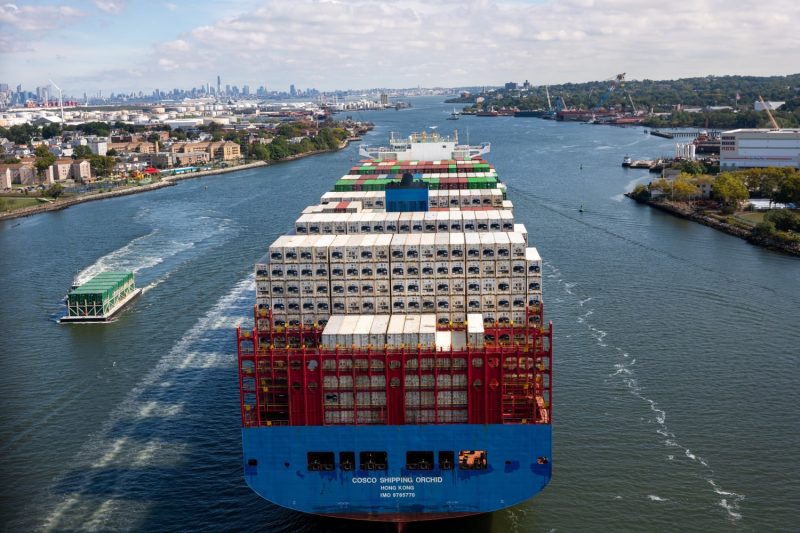The recent shutdown of East and Gulf Coast ports due to a large-scale strike by thousands of workers has sent shockwaves through the shipping industry, disrupting supply chains and causing major economic implications. The strike has been attributed to a variety of factors, including labor disputes, safety concerns, and financial grievances. As the ports remain at a standstill, businesses are grappling with the immediate impact on their operations while authorities seek to negotiate a resolution to the conflict.
One of the primary reasons behind the strike is the longstanding labor disputes between workers and management at the ports. Workers have raised concerns about long working hours, inadequate pay, and poor working conditions. These grievances have been brewing for some time, and the strike represents a culmination of these issues. Both sides are entrenched in their positions, making it challenging to find common ground and reach a resolution quickly.
Safety concerns have also been a significant factor leading to the strike. Workers have reported numerous incidents of accidents and injuries due to lax safety protocols and inadequate training. The lack of proper safety measures has put workers at risk, leading to a growing sense of frustration and anger among the workforce. The strike is, in part, a response to the failure of management to address these safety issues promptly.
Financial grievances add another layer of complexity to the situation. Many workers feel that they are not being adequately compensated for their hard work and dedication. As the cost of living rises, workers struggle to make ends meet with their current salaries. The economic impact of the recent global events has further exacerbated these financial pressures, pushing workers to take drastic action to demand fair wages and benefits.
The shutdown of the East and Gulf Coast ports has had far-reaching consequences across various industries. Businesses that rely on timely shipments and deliveries are facing delays and disruptions to their operations. Manufacturers are struggling to source necessary materials, retailers are unable to restock their shelves, and consumers are facing shortages of essential goods. The ripple effects of the strike are being felt not only locally but also nationally and globally.
In response to the strike, authorities are working to mediate between the workers and management to find a resolution that satisfies both parties. Negotiations are ongoing, with discussions focusing on addressing the workers’ concerns while ensuring the smooth operation of the ports. The goal is to reach a compromise that allows the ports to resume normal operations swiftly, minimizing the impact on businesses and the economy.
In conclusion, the shutdown of the East and Gulf Coast ports due to the strike by thousands of workers underscores the crucial role that labor plays in the functioning of the global supply chain. The strike highlights the challenges faced by workers in demanding fair treatment, safe working conditions, and adequate compensation. As negotiations continue, all parties involved must work towards a sustainable solution that addresses the root causes of the conflict and ensures the long-term viability of the ports and the well-being of the workers.
